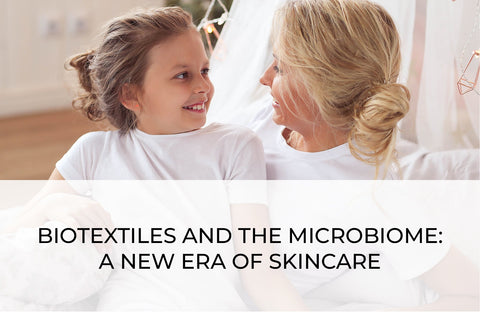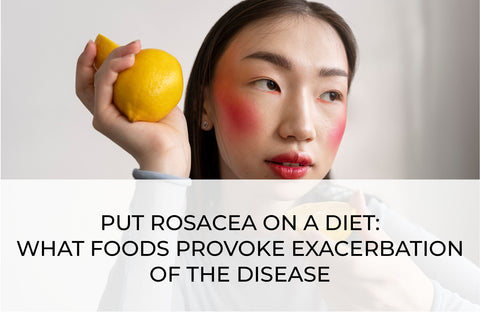PLASMA SHOWER FOR OUR SKIN: WHAT'S THE POINT?

Under a strong electric field, electrons can be stripped from some air molecules. As a result, a negatively charged free electron and a positively charged ion are formed. This method of ionizing gases and producing plasma under Earth conditions (at atmospheric pressure and room temperature) is used in medical devices, so sometimes the resulting plasma is called electro-plasma. The fraction of ionized particles in medical electro-plasma is less than 1%.
Air is a mixture of gases. Therefore, different ions arise, including oxygen and hydrogen ions. These are highly unstable particles that will try to return to an energetically more favorable state. Two main options allow this to happen.
Option 1. Reconnect with a free electron to form the original neutral molecule
This releases energy in the form of electromagnetic radiation. If its wavelength is in the range of the visible electromagnetic spectrum (380–789 nm), we will see a glow. At the same time, some of the radiation may fall into the ultraviolet range (10–400 nm). The emission spectrum depends on the ionized substances. For argon and helium plasma, the UV radiation fraction is higher than for plasma from air.
Ultraviolet contributes to the bactericidal action of plasma. Plasma produced by Plasma jet devices from argon and gel emits much more ultraviolet light than plasma from air produced by DBD technology (plasma shower). Therefore, it is used for sterilization of purulent infected wounds [1].
The air plasma generated in plasma shower units emits UV in such negligible quantities that its contribution to the overall clinical outcome can be neglected. Photodamage to the skin is also not to be feared.
Option 2. To react chemically with another substance to form a new molecule or molecules
For example, oxygen ions (ROSs) and nitrogen ions (RNSs) can enter oxidation reactions with other molecules, taking away their missing electron. In this way, ROSs and RNSs are reduced to a neutral state. However, the other molecule loses an electron and is oxidized.
In the organism as a whole and in each cell individually, redox reactions are going on constantly, their balance (so called redox potential) is strictly controlled by antioxidant systems. A shift of the balance towards oxidation (so called oxidative stress) develops if:
- oxidant levels increase dramatically or
- antioxidant mechanisms are impaired.
When the skin is exposed to ionized air, microorganisms, and the stratum corneum are subjected to oxidative stress. Some microorganisms die, others are damaged and cannot reproduce — this has an antiseptic (this is not sterilization like argon or helium plasma!) effect.
In the stratum corneum, the most vulnerable to oxidation are the lipid structures located between the corneocytes and forming a lipid barrier that controls the passage of molecules through the stratum corneum. As a result of lipid oxidation, the barrier's permeability is temporarily increased, making transdermal delivery possible.
If the skin treatment is performed on an area with a damaged stratum corneum, the plasma may contact living skin cells located under the stratum corneum. This includes immune cells of the epidermis (Langerhans cell) and keratinocytes.
What doesn't kill us makes us stronger
The effect depends on the plasma dose and the strength of oxidative stress. Intense stress, exceeding the adaptive capacity of cells, acts destructively on them and promotes the development of diseases. Mild stress stimulates the cells and positively impacts various metabolic and physiological processes, including modulating the immune response and improving epithelialization [2].
Clinical effects of plasma shower
- Improvement of skin immunity
- Reducing inflammation
- Temporary increase in stratum corneum permeability (immediate effect)
- Strengthening the barrier structures of the stratum corneum by improving the keratinization process (delayed effect)
- Improving overall skin resistance to various stress factors
- Antiseptic (antifungal and antibacterial) action
Indications
- Inflammation, photodamage
- Wounds, ulcers
- Infectious skin lesions
- Transdermal delivery of water-soluble substances
- Skin preparation for trauma treatment and sunbathing
- Rehabilitation after traumatic treatment, sunbathing
References
- Gupta A., Avci P., Dai T., et al. Ultraviolet Radiation in Wound Care: Sterilization and Stimulation. Adv Wound Care (New Rochelle). 2013 Oct; 2(8): 422-437.
- Sies H. Oxidative Stress: Concept and Some Practical Aspects. Antioxidants. 2020; 9: 852.



































